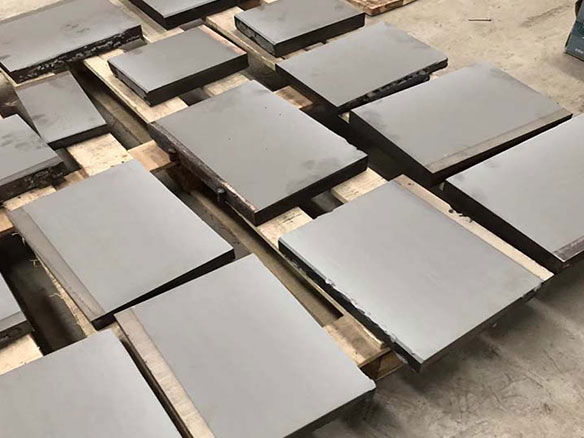

The working face of the firebrick forming template is large, and it is subjected to the extrusion, scraping and grinding of refractory hard particles on the 200T pressure machine, so its service conditions are relatively bad. Therefore, the die working face is required to have high hardness
The working face of the firebrick forming template is large, and it is subjected to the extrusion, scraping and grinding of refractory hard particles on the 200T pressure machine, so its service conditions are relatively bad. Therefore, the die working face is required to have high hardness, high wear resistance, enough strength and appropriate toughness. Foreign use of high alloy cold work die steel template, heat treatment after high surface hardness, wear resistance, but brittleness, easy to crack when the mold installation, and high cost. Many domestic refractory material factories have tried high chromium cast iron, high carbon chromium molybdenum wear-resistant alloy and hard alloy, or on the carbon steel mold for boronizing surface reinforcement, or carburizing and boron nitriding composite treatment, but the life is general, the template is the most serious wear, failure earlier. Generally, each set of die about stamping 2000~4000 pieces of refractory bricks will fail.
These are the main causes of premature template failure. This is caused by improper selection of template materials and some problems in heat treatment process.
Our company has a mature technical scheme on the wear-resistant coating of the firebrick mould. After verification by many customers, the process of heat treatment and spraying tungsten carbide can improve the service life of the mould by more than 3 times. Generally, each set of mould can press about 10,000 ~ 20,000 pieces of firebrick.